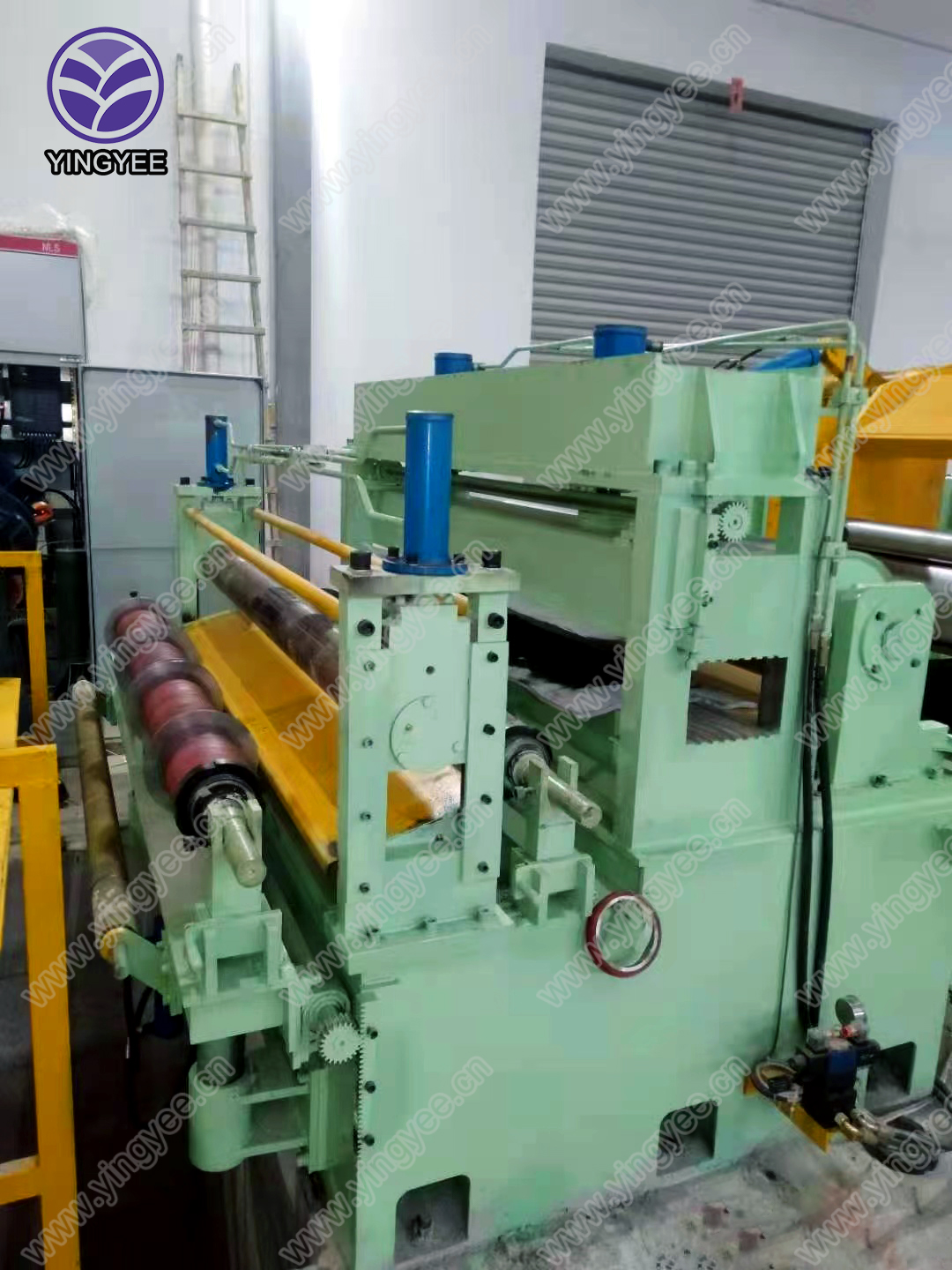
Understanding ERW Pipe Making Machines
Electric Resistance Welding (ERW) pipe making machines play a crucial role in the manufacturing of steel pipes, which are widely used across various industries such as construction, oil and gas, and water supply. As the demand for steel pipes continues to grow, understanding the intricacies of ERW technology and the machinery involved is essential for manufacturers and consumers alike.
What is ERW Pipe?
ERW pipes are manufactured using a process that involves rolling sheets or strips of steel into tubular shapes and then welding the edges together using electric resistance welding. Unlike traditional welding methods, ERW does not require additional filler materials, making it a cost-effective and efficient option for producing high-quality pipes. The resulting pipes can vary in diameter, thickness, and strength, depending on the specifications required by different applications.
The ERW Pipe Making Process
The ERW pipe-making process begins with high-quality steel coils. These coils are uncoiled and leveled to ensure a smooth and uniform surface before they are passed through a series of stages in the pipe-making machine. The first step involves forming the steel strip into a pipe shape using a series of rollers, which gradually bend the strip until its edges almost meet.
Once the edges are aligned, electric resistance welding comes into play. The machine applies an electric current to the edges of the steel strip, which generates heat due to electrical resistance. This heat is sufficient to melt the metal at the edges, allowing them to bond together. This welding method creates a strong seam along the length of the pipe, which can be further processed if needed.
After welding, the newly formed pipe undergoes several finishing processes, including trimming, straightening, and sometimes, hydrostatic testing to check for leaks. Finally, the pipes are cut to the desired lengths and prepared for delivery.

Advantages of ERW Pipe Making Machines
One of the primary advantages of ERW pipe-making machines is their efficiency. The automated processes in modern machines allow for high production rates with minimal human intervention, reducing labor costs and improving output. The ability to produce pipes of varying sizes and specifications also makes these machines versatile and suitable for a range of applications.
Moreover, ERW pipes tend to have a uniform wall thickness and superior mechanical properties compared to other types of pipes, such as spiral-welded pipes. The quality of the weld joint is essential in ensuring that the pipes can withstand high pressures and are durable enough for various industrial applications.
Innovations in ERW Technology
With advancements in technology, ERW pipe-making machines are becoming increasingly sophisticated. Modern machines incorporate automatic feeding systems, precise welding controls, and real-time monitoring systems that enhance production quality and efficiency. Additionally, the integration of Artificial Intelligence (AI) and Internet of Things (IoT) technology allows manufacturers to optimize their processes, predict maintenance needs, and minimize downtime.
These innovations not only improve the quality of the pipes produced but also contribute to sustainability efforts by reducing waste and energy consumption during the manufacturing process. As industries increasingly focus on environmental responsibility, the evolution of ERW technology aligns with the push towards greener manufacturing practices.
Conclusion
ERW pipe making machines have revolutionized the way steel pipes are manufactured. With their ability to produce high-quality pipes quickly and cost-effectively, they have become a staple in various industries. Understanding the manufacturing process, the advantages of ERW technology, and the latest innovations in the field is essential for anyone involved in the steel industry. As technology continues to evolve, ERW pipes will remain a vital component in supporting infrastructure development and industrial applications worldwide.